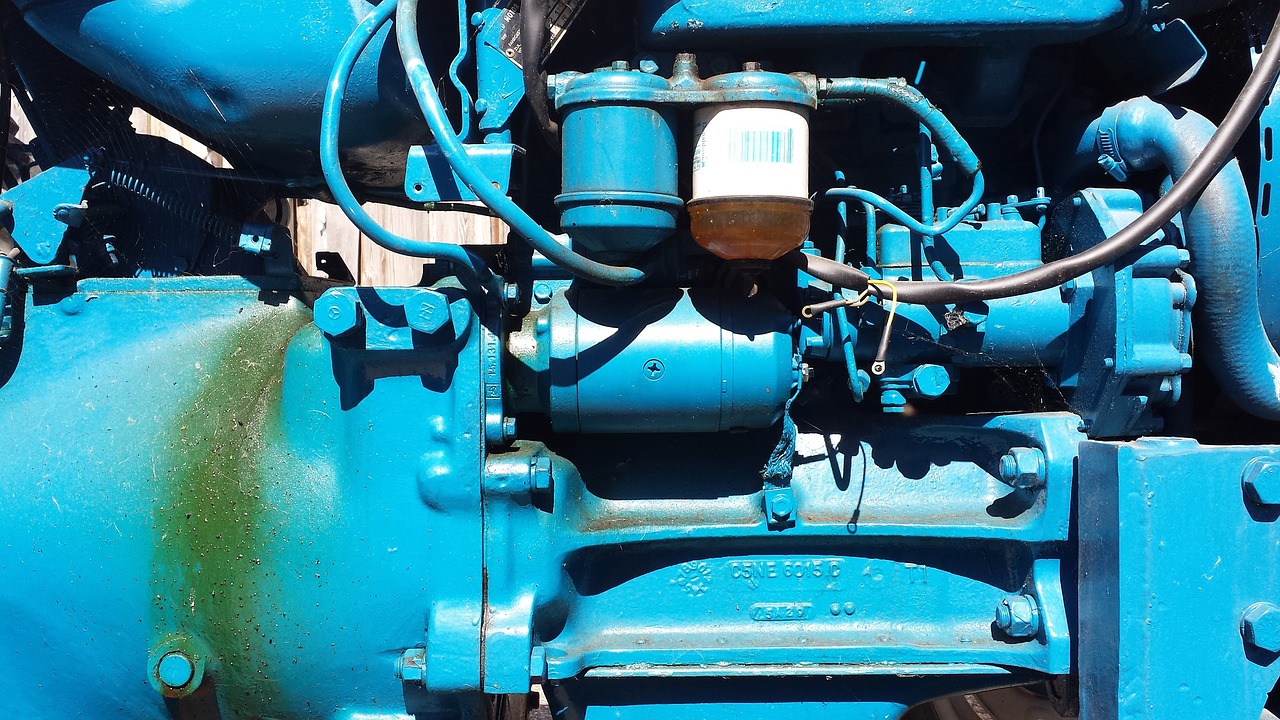The Future of Tech in Environmental Monitoring
Environmental monitoring is undergoing a significant transformation with the integration of novel technologies. Sensors equipped with advanced capabilities are being deployed to collect real-time data on various environmental parameters such as air quality, water quality, and biodiversity. These sensors enable continuous monitoring, providing researchers and policymakers with a more comprehensive understanding of environmental changes.
Furthermore, the use of unmanned aerial vehicles (UAVs) or drones has emerged as a valuable tool for environmental monitoring. Drones equipped with high-resolution cameras and sensors can capture detailed images and data from remote or inaccessible areas. This capability allows for efficient monitoring of habitats, detection of pollution sources, and assessment of land degradation, aiding in the conservation and management of natural resources.
Use of Artificial Intelligence in Environmental Monitoring
Artificial Intelligence (AI) is revolutionizing the way environmental monitoring is conducted. By harnessing the power of machine learning algorithms, AI can process vast amounts of data collected from various sensors and sources to identify patterns and trends that would be nearly impossible for humans to detect. This capability allows for more efficient and accurate monitoring of environmental parameters, leading to proactive decision-making and improved conservation efforts.
One of the key strengths of AI in environmental monitoring is its ability to continuously learn and adapt. As the algorithms analyze more data over time, they become more sophisticated in their analysis and prediction capabilities. This adaptive nature is particularly valuable in monitoring dynamic environmental systems that undergo constant changes. With AI, monitoring systems can evolve to become more responsive and effective in addressing environmental challenges, paving the way for smarter and more sustainable resource management practices.
What are some of the emerging technologies being used in environmental monitoring?
Some of the emerging technologies in environmental monitoring include satellite imagery, drones, Internet of Things (IoT) sensors, and Artificial Intelligence (AI).
How does Artificial Intelligence play a role in environmental monitoring?
AI can analyze vast amounts of data collected from various sources to identify patterns, trends, and anomalies in environmental data. This helps in making informed decisions for environmental conservation and management.
What are some specific ways AI is being used in environmental monitoring?
AI is being used to predict natural disasters, monitor air and water quality, track wildlife populations, detect deforestation, and analyze climate change impacts.
How accurate is the data provided by AI in environmental monitoring?
AI algorithms are constantly improving in accuracy and reliability, making them a valuable tool in environmental monitoring. However, it is important to validate AI results with ground-truth data for the most accurate assessments.
Can AI help in early detection of environmental threats?
Yes, AI can help in early detection of environmental threats by analyzing real-time data and alerting authorities to potential risks such as pollution, deforestation, or illegal activities in protected areas.





